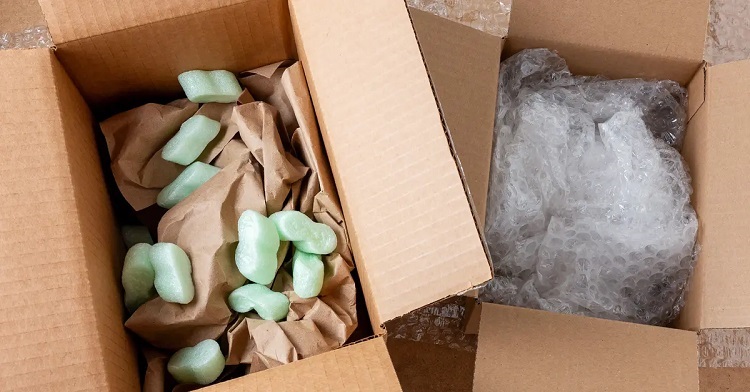When you receive a package in the mail or pick up a product off the shelf, the first thing you notice is usually the item itself. But there’s more to that purchase than just the product — the packaging it comes in is a major part of the experience, and often, the waste. From cardboard boxes and plastic wraps to foam inserts and poly bags, packaging is designed to protect and present, but it also contributes significantly to environmental pollution. Let’s explore what’s really inside your packaging and how it impacts the planet.
Table of Contents
The Layers Behind Every Package
Most packaging isn’t just one item — it consists of multiple layers:
- Primary Packaging – The material that directly encloses the product, such as a jar, bottle, or wrapper.
- Secondary Packaging – The layer that adds branding or additional protection, like a printed sleeve or cardboard display box.
- Tertiary Packaging – Used for shipping and bulk handling, including cartons, shrink wrap, and wholesale poly bags that group smaller products together for transport.
Each type of packaging plays a role in protecting products during storage and transit, but these layers also multiply the waste generated by every sale.
How Packaging Adds Up to Waste
The U.S. Environmental Protection Agency estimates that about 80 million tons of containers and packaging are produced each year in the United States alone, accounting for almost 30% of municipal solid garbage. It is therefore the biggest category of garbage.
Many of the materials used are designed for single use and are discarded within minutes of being opened. While recycling programs help divert some waste from landfills, not all materials are recyclable — and those that are often require special handling.
Breaking Down the Materials
Here’s a closer look at the most common types of packaging materials and their environmental impact:
- Corrugated Cardboard: Ubiquitous in shipping, this material is widely recyclable and often contains recycled content. It’s one of the more sustainable options when handled properly.
- Plastic: Found in bubble wrap, shrink film, air pillows. These are lightweight and durable but pose serious environmental challenges. Globally, only about 9% of plastic is recycled, and the rest contributes to landfill overflow and ocean pollution.
- Polystyrene (Styrofoam): Often used for insulation and cushioning, this material is difficult to recycle and breaks down into microplastics that persist in the environment.
- Paper and Paperboard: Used in cartons, sleeves, and wrapping. These materials are generally recyclable, but additives like plastic coatings or metallic finishes reduce their recyclability.
- Glass and Aluminum: Common in food and beverage packaging, these are highly recyclable and can be reused indefinitely without degradation in quality.
The Environmental Cost of Packaging
Packaging contributes to resource depletion, energy consumption, and greenhouse gas emissions throughout its life cycle — from extraction and production to transportation and disposal. Lightweight materials like plastic may seem efficient, but they come with a high environmental toll due to their petrochemical origins and resistance to degradation.
Even the disposal process — whether through incineration or landfill — generates emissions and contributes to pollution.
Moving Toward Sustainable Solutions
There is growing momentum toward reducing packaging waste. Companies are beginning to adopt eco-friendly alternatives, minimize excess packaging, and design with recyclability in mind. Some are investing in compostable materials, reusable containers, or collaborating with suppliers who offer more sustainable solutions.
Consumers also play a powerful role by choosing products with minimal or environmentally responsible packaging, properly sorting recyclables, and advocating for better waste systems.
Packaging may seem like an afterthought, but it’s a significant piece of the environmental puzzle. Every box, wrap, and bag carries with it a story of resources used, waste generated, and choices made — by manufacturers, retailers, and you. By understanding what’s really inside your packaging and how it affects the world beyond the doorstep, we can all make more informed, sustainable decisions.

